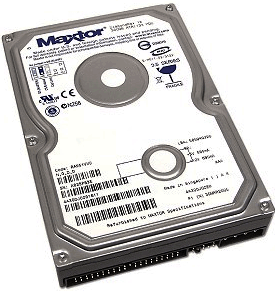 Question from Gary M.: Rick, Microsoft is forcing me to get serious about upgrading from Windows XP to Windows 8 (or 8.1). I just finished reading your recommendation to install an SSD drive and convert my XP internal drive into an external USB drive.
Question from Gary M.: Rick, Microsoft is forcing me to get serious about upgrading from Windows XP to Windows 8 (or 8.1). I just finished reading your recommendation to install an SSD drive and convert my XP internal drive into an external USB drive.
I was thinking along similar lines, but figured I would make my existing XP drive into a drive D: after upgrading to Windows 8. Why would converting it to an external USB drive be better?
Thanks, Gary
Ricks answer: Gary, leaving your current C: drive inside the system as a secondary D: drive is certainly an option, and if that’s what you’d rather do, I say go for it.
That being said, there are some advantages to using your old hard drive as an external drive instead of an internal secondary drive that I think you should consider:
1 – You can use your newly minted external drive as a dedicated backup drive. You could create a System Image on it after you get Windows 8.1 and all of your applications installed on the SSD (I wouldn’t even bother with Windows 8 if I were you).
Then simply disconnect the external drive and store it in a safe place in case the unthinkable ever happens and you have to restore your system onto a new primary drive.
2 – You can always install the old hard drive as an internal D: drive and then create a System Image on it, but if lighting or a major power surge takes out your computer, you could easily lose both your SSD and your backup drive. Using it as an external backup drive that’s stored seperately from the computer eliminates that very real possibilty.
3 – In my opinion, an older hard drive that has already been used for several years is best utilized as a backup drive that can be stored until needed. That way it won’t be subjected to any more daily wear. After all, who knows how long that well-used drive will last if it’s put into daily use as a secondary internal drive?
You can always install a NEW hard drive inside your PC to hold your data files if you wish. Internal drives are dirt cheap these days, and well worth the extra expense when installing a smaller SSD as the primary drive.
Bottom line: I’m not trying to dissuade you from using your hard drive as a secondary internal drive if that’s what you really wish to do. As long as you take steps to create regular backups of both internal drives, you’ll have nothing to fear by setting up your PC as described in your question. I’m just explaining your options.
Whatever you decide, I wish you the very best of luck!
Do you have a tech question of your own for Rick? Click here and send it in!